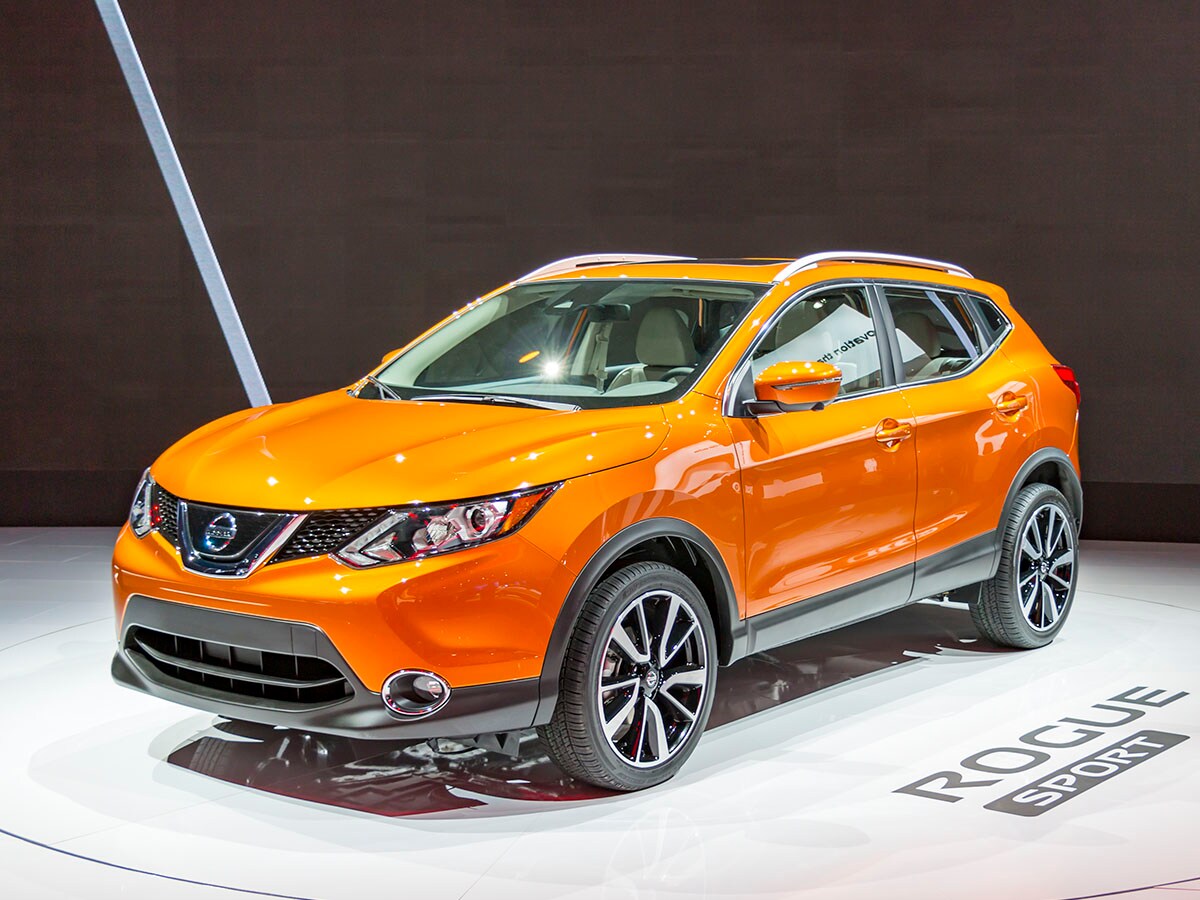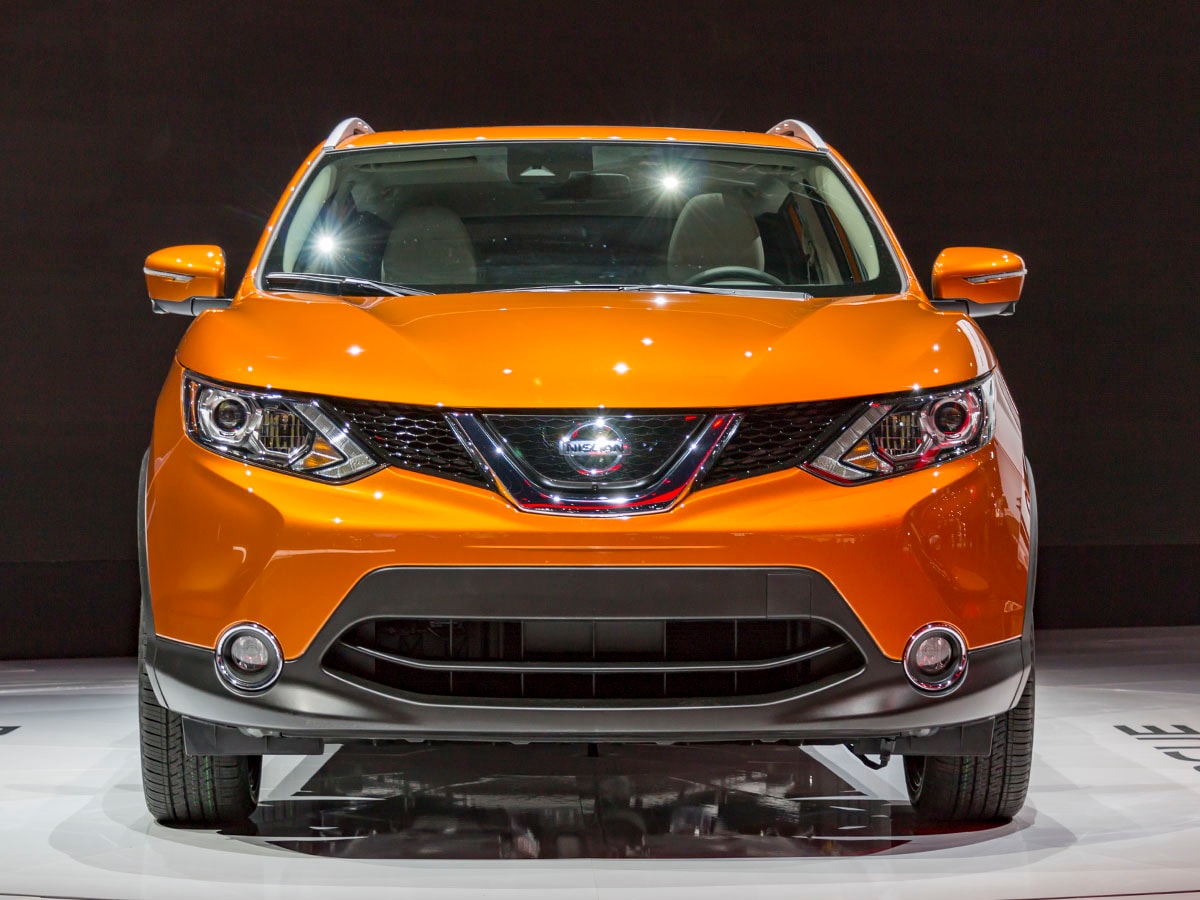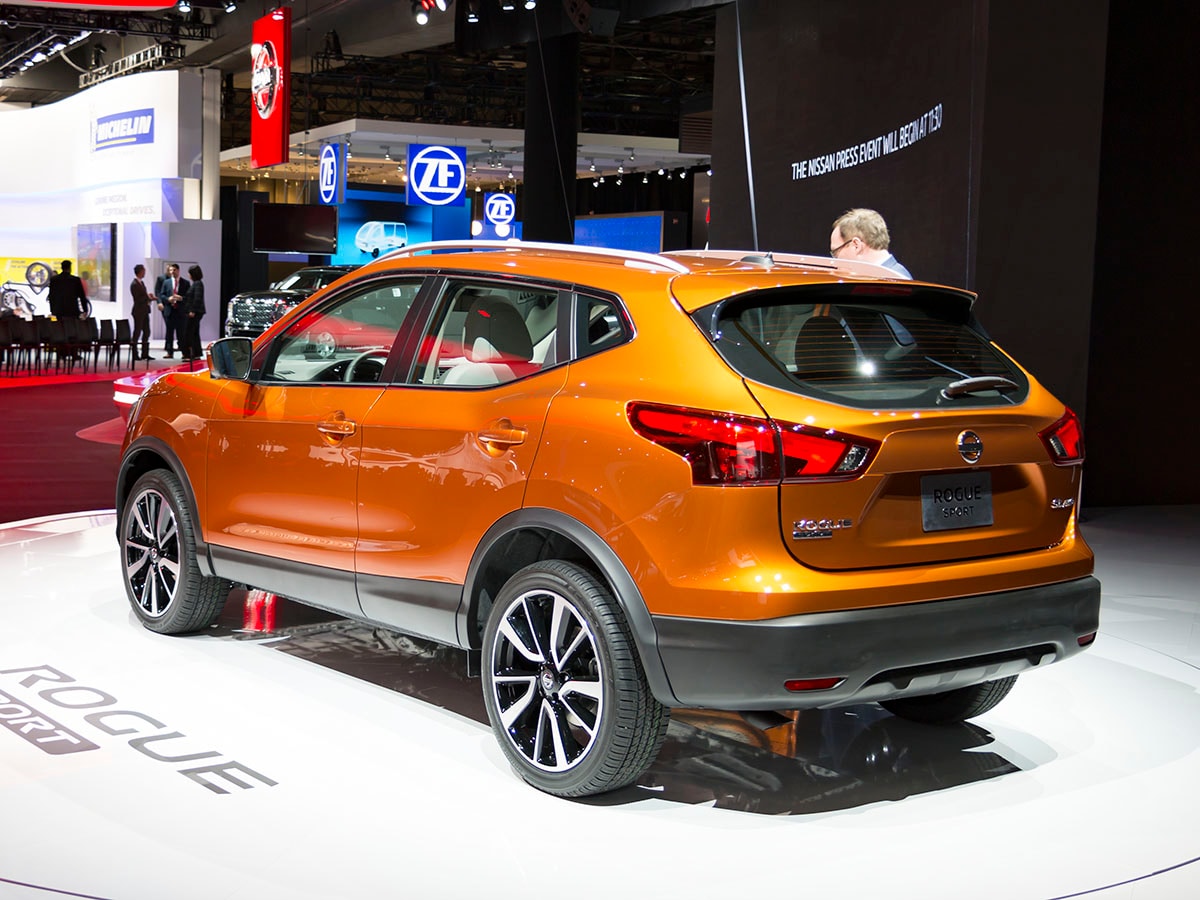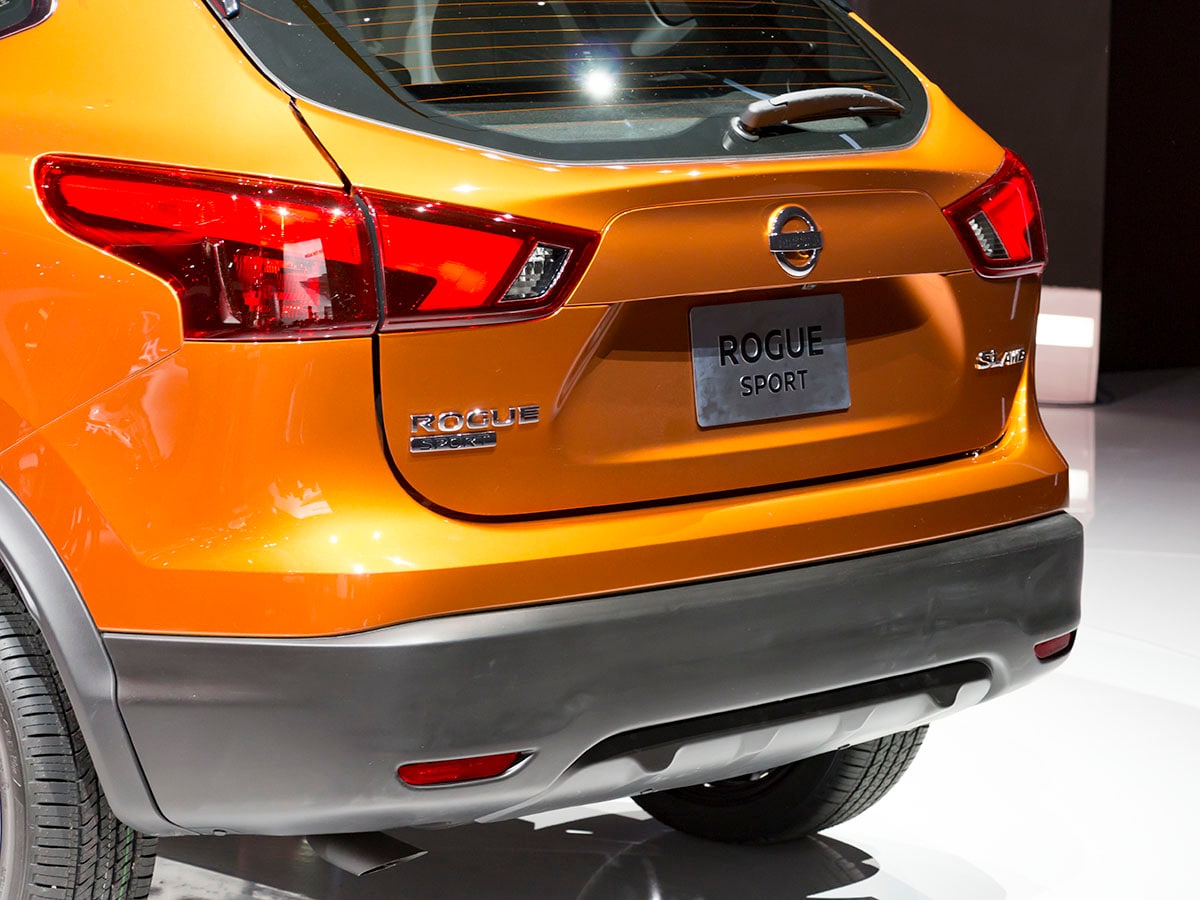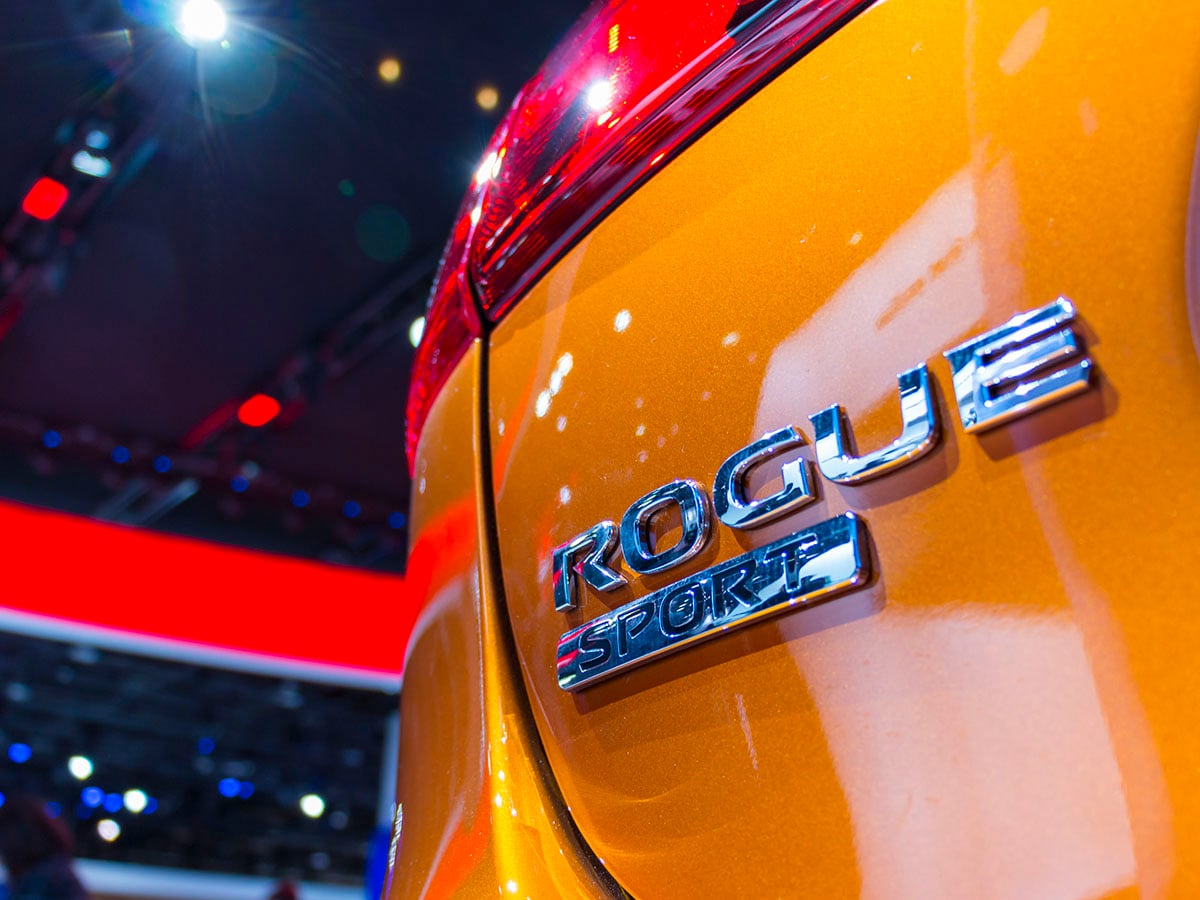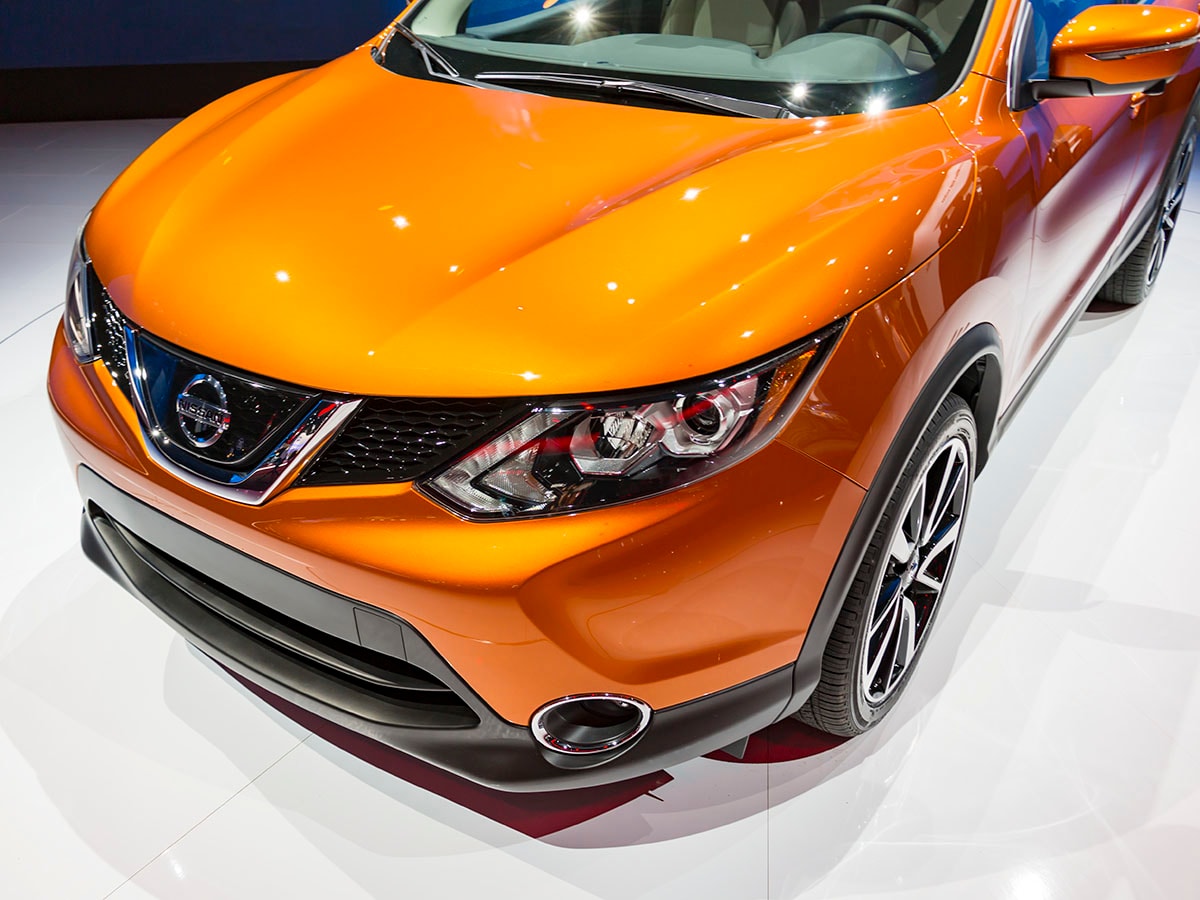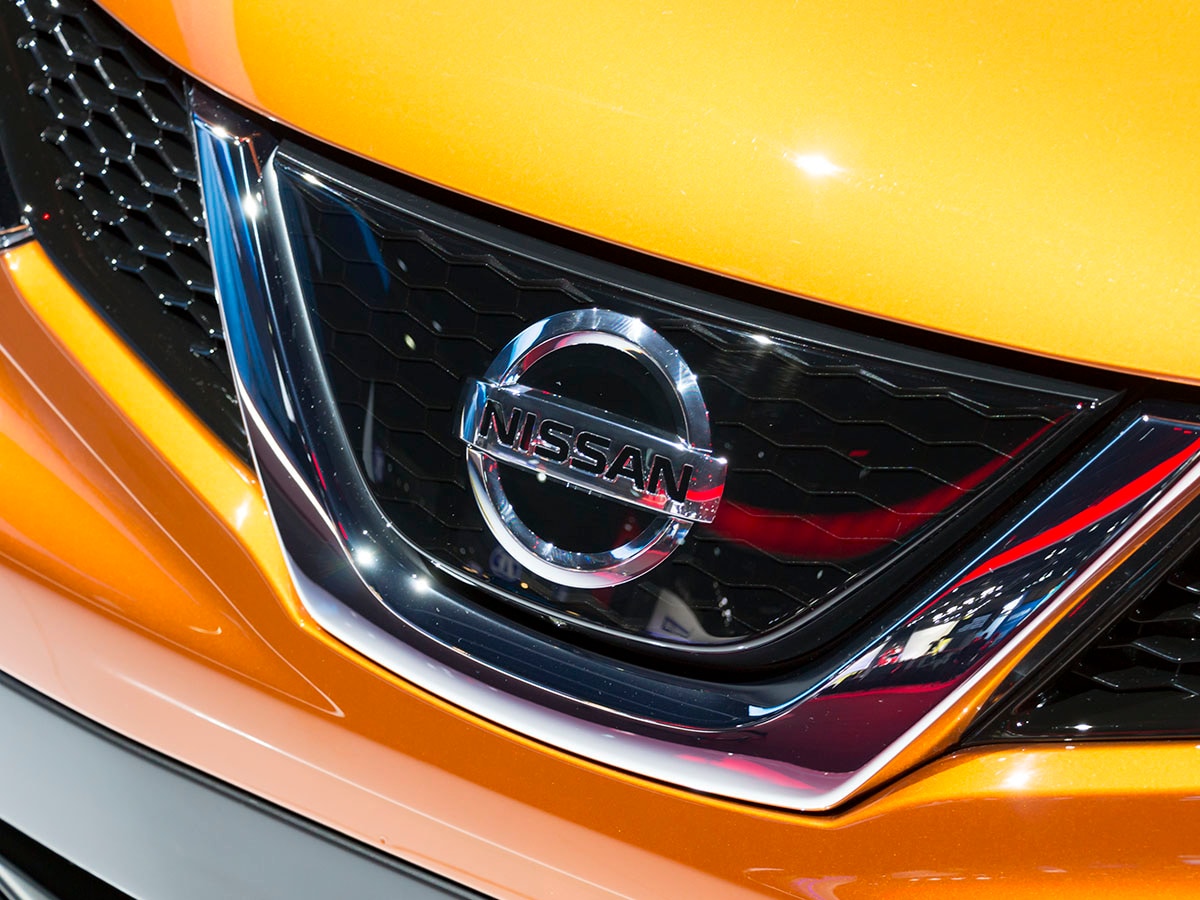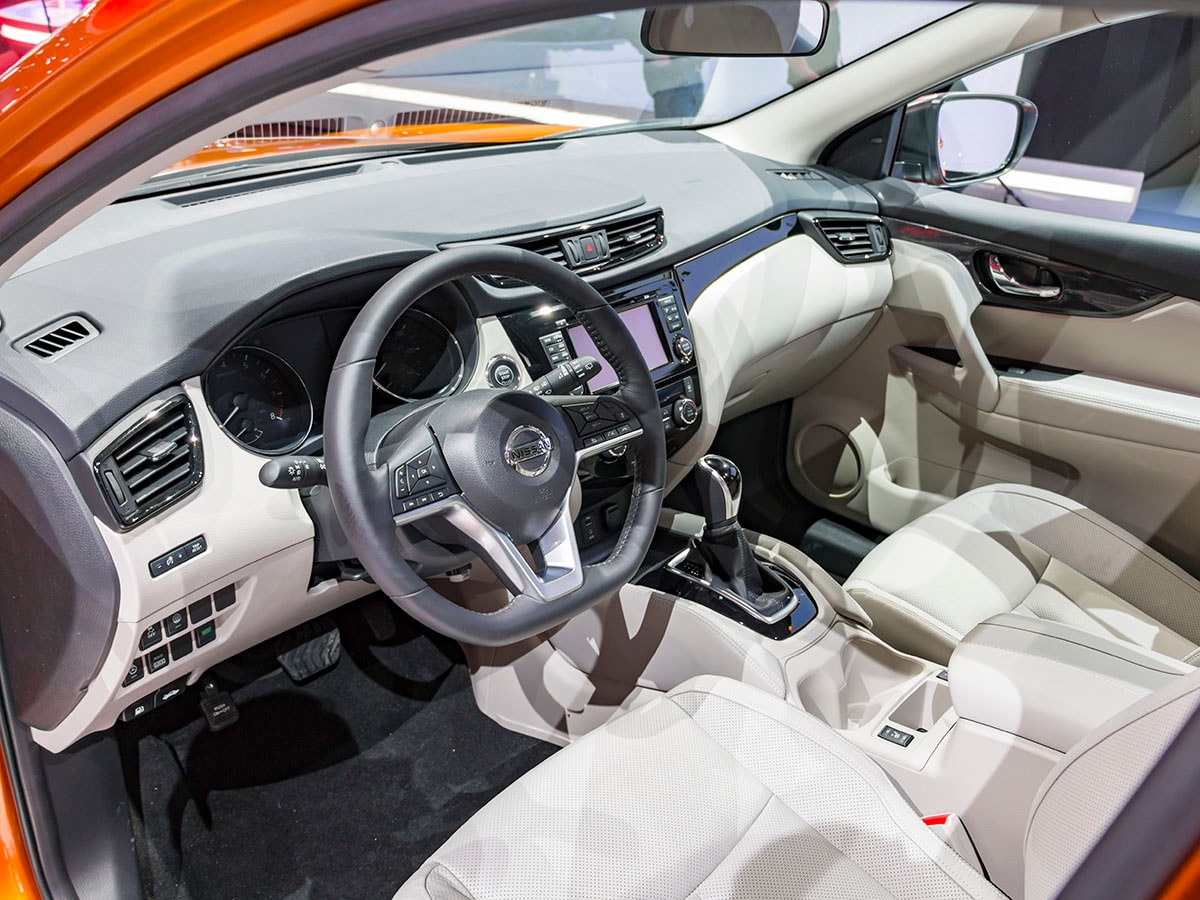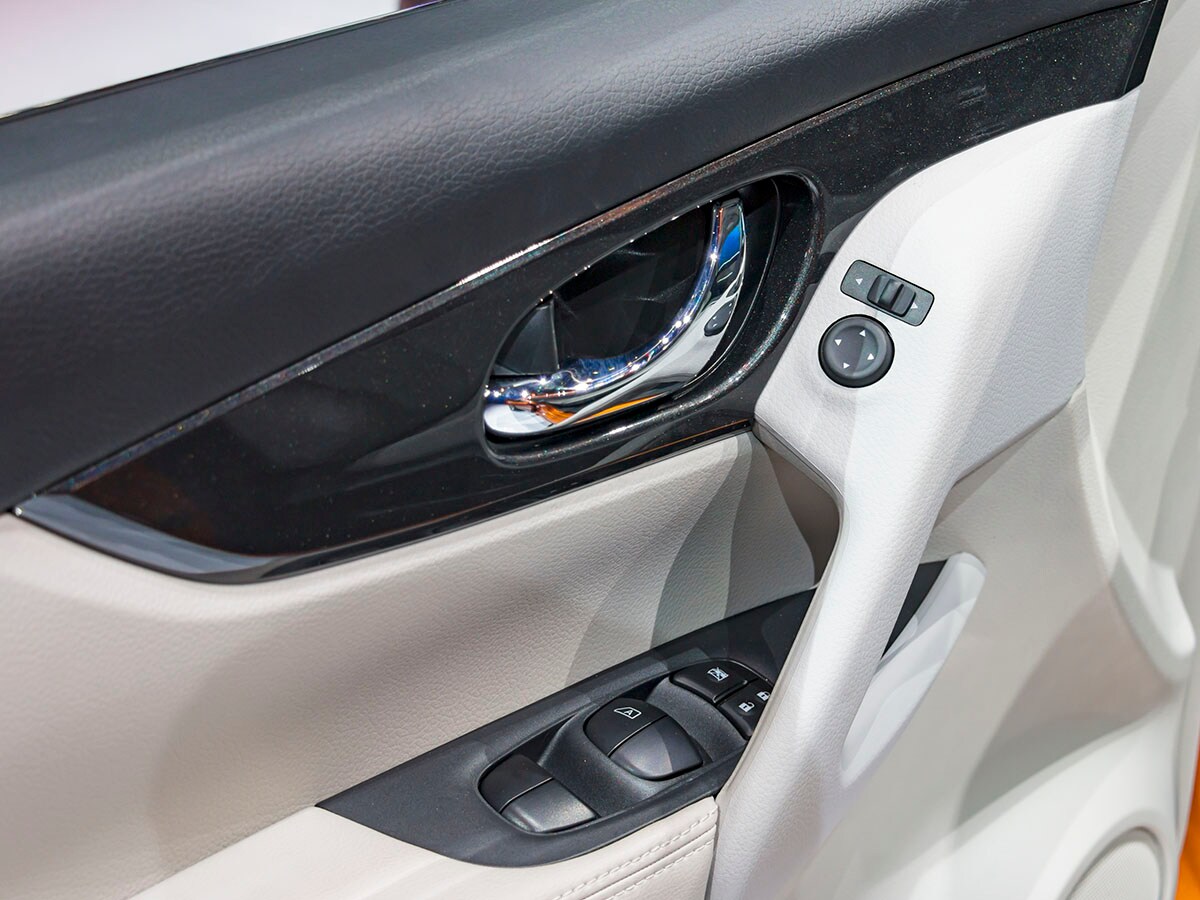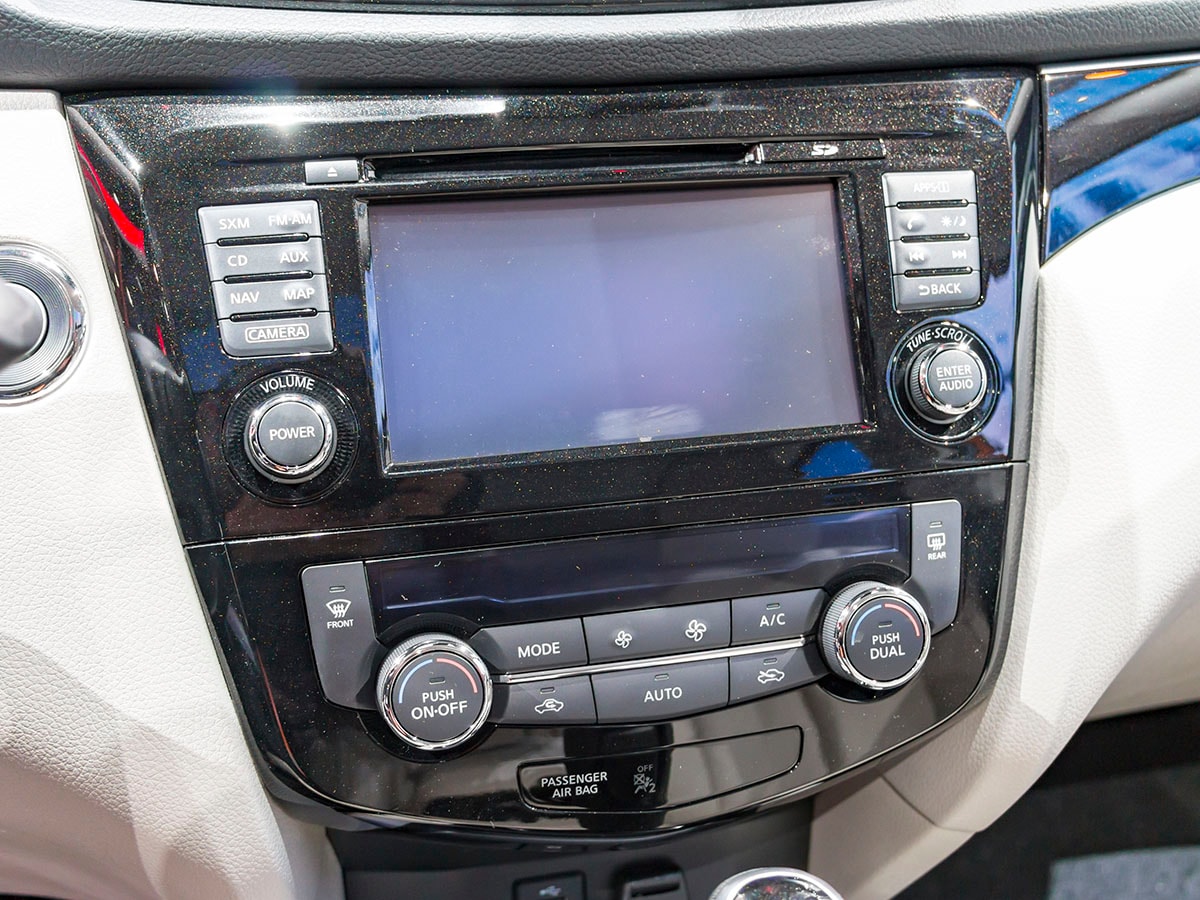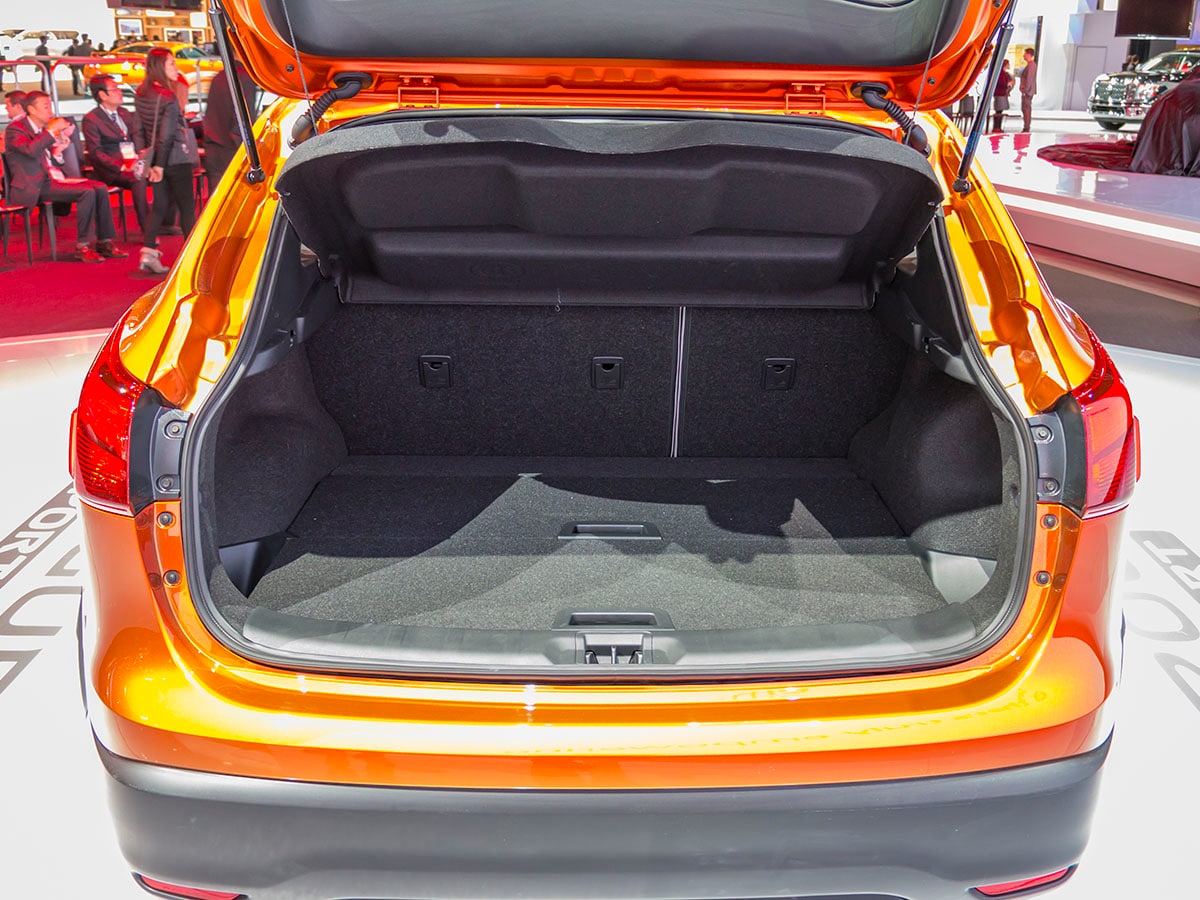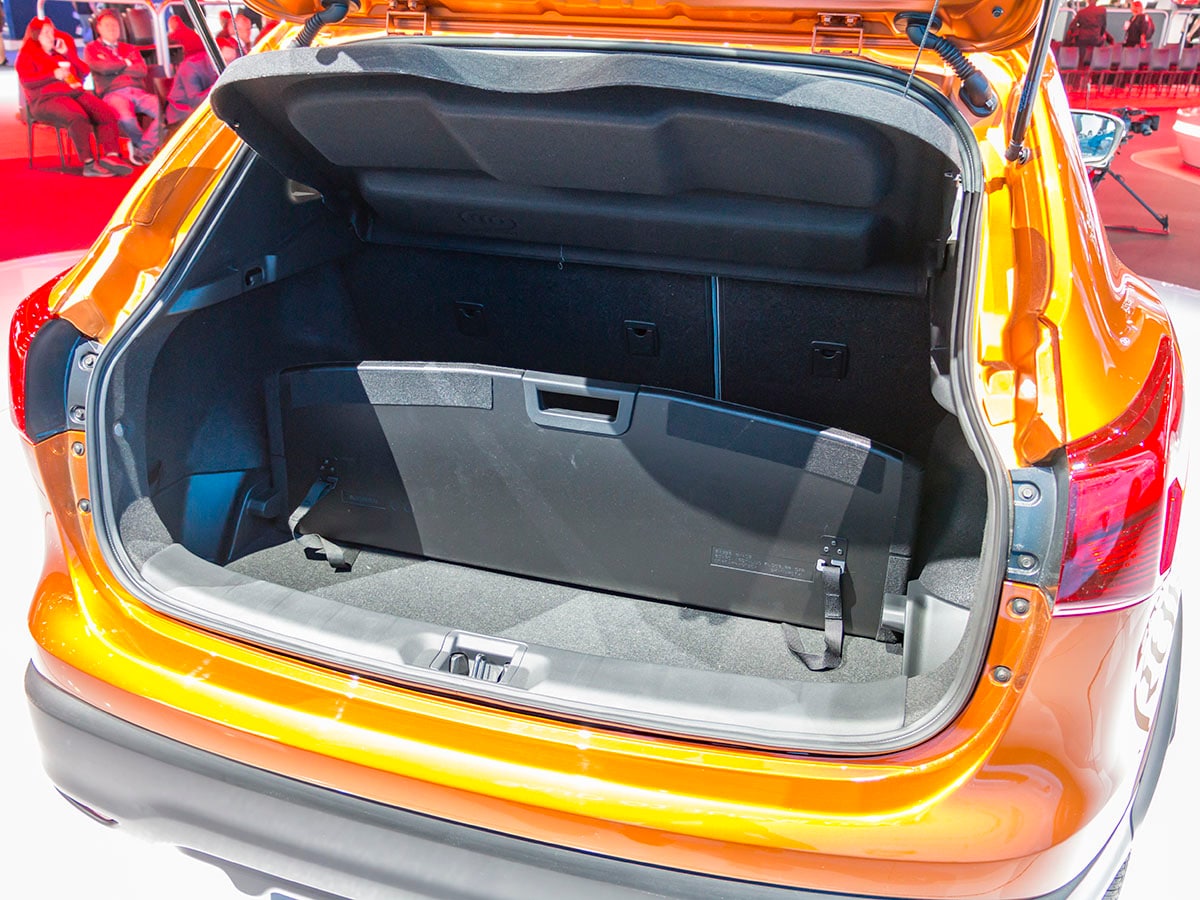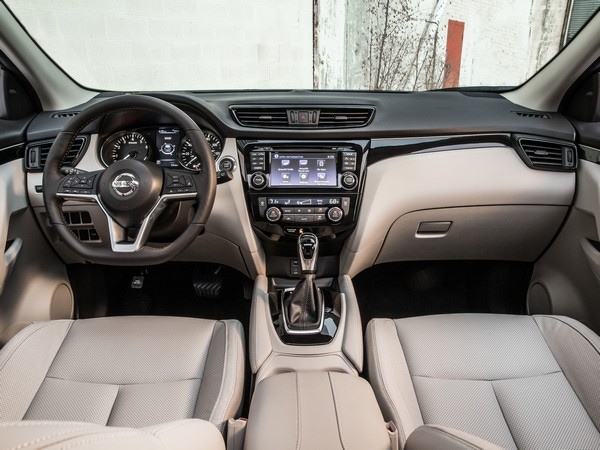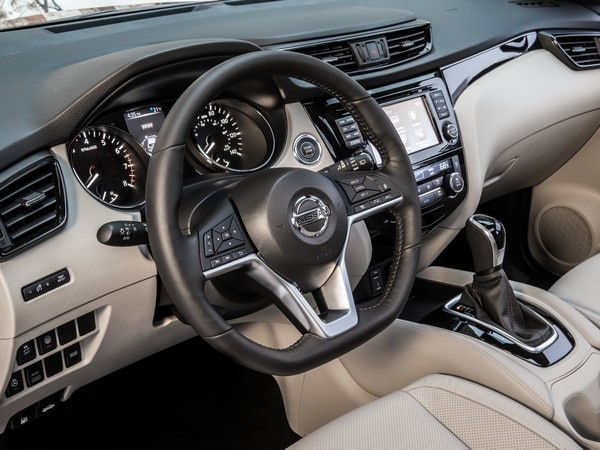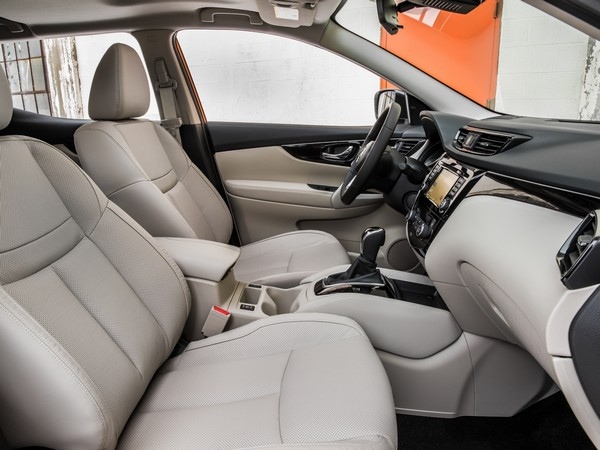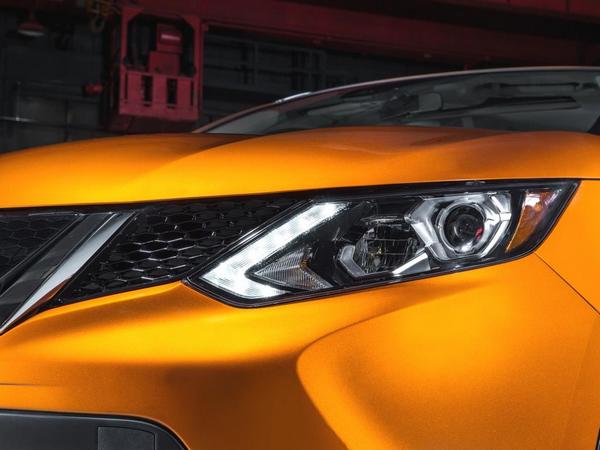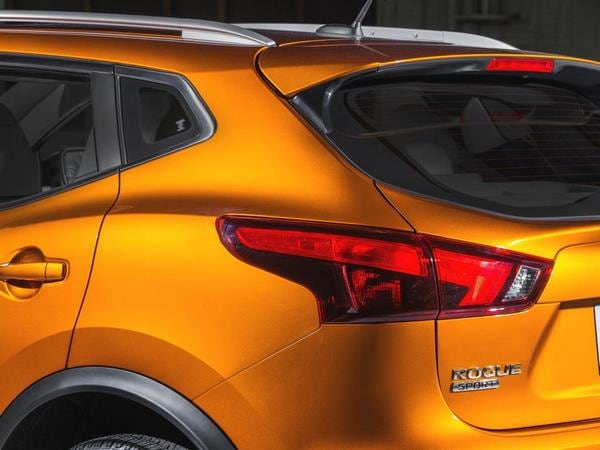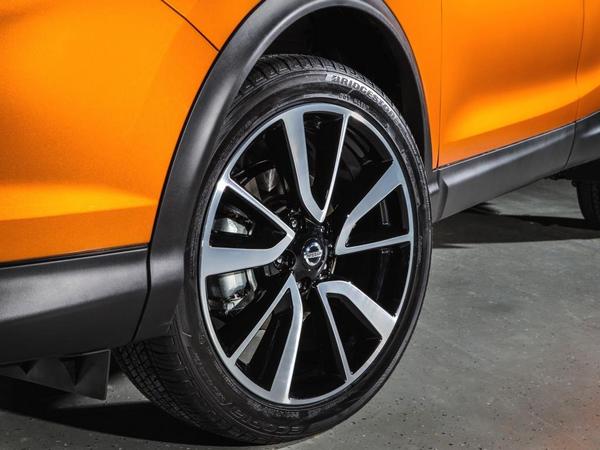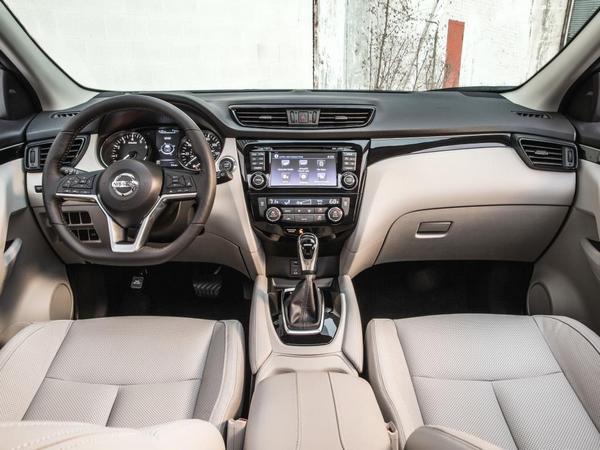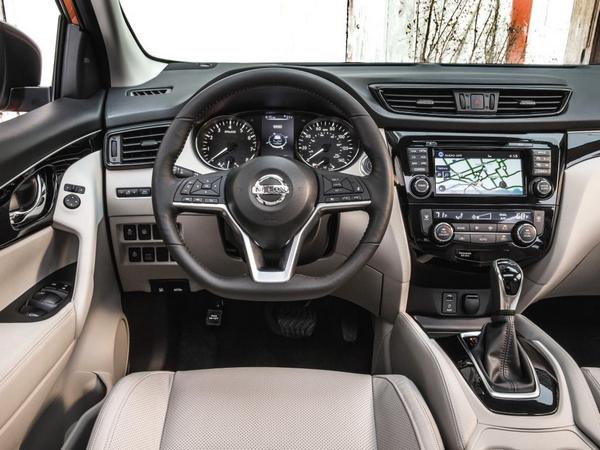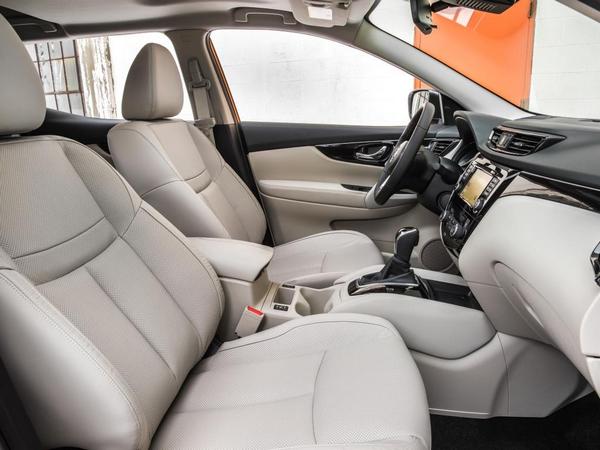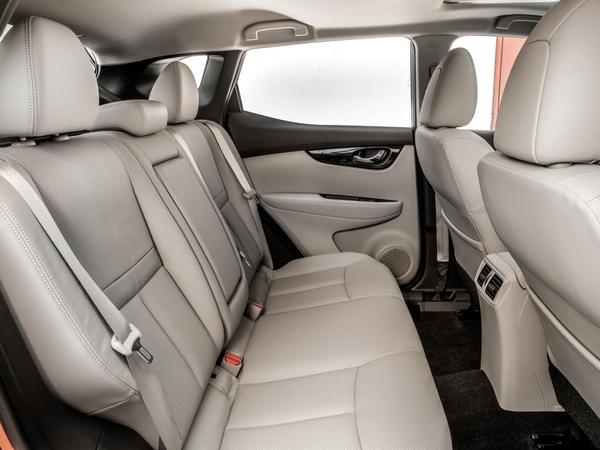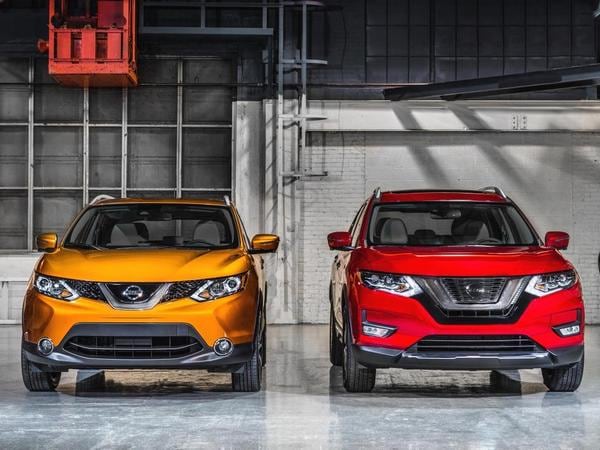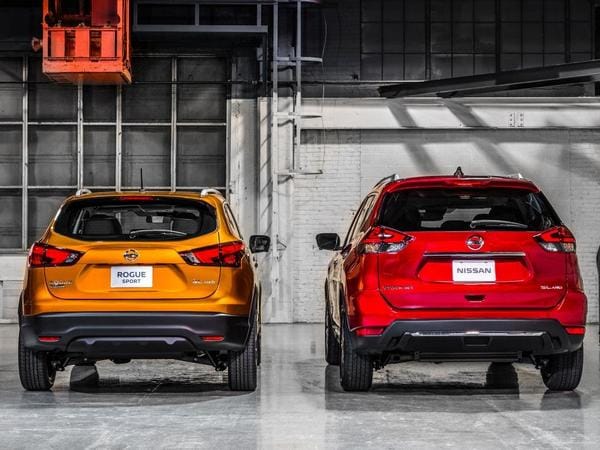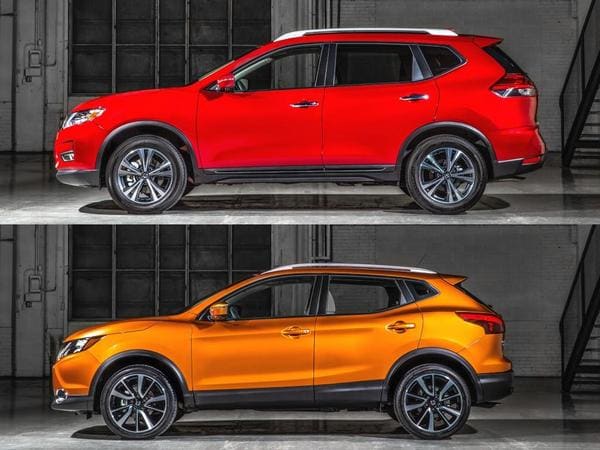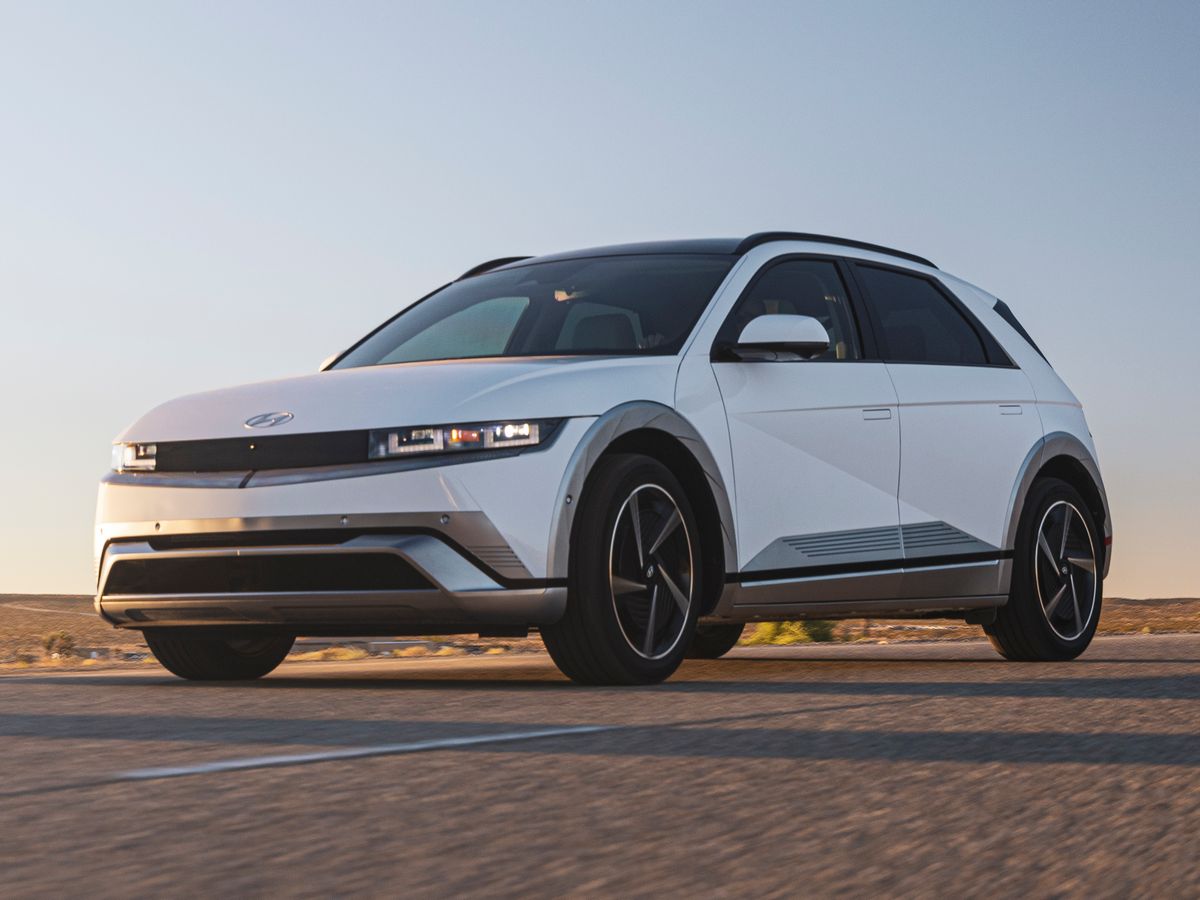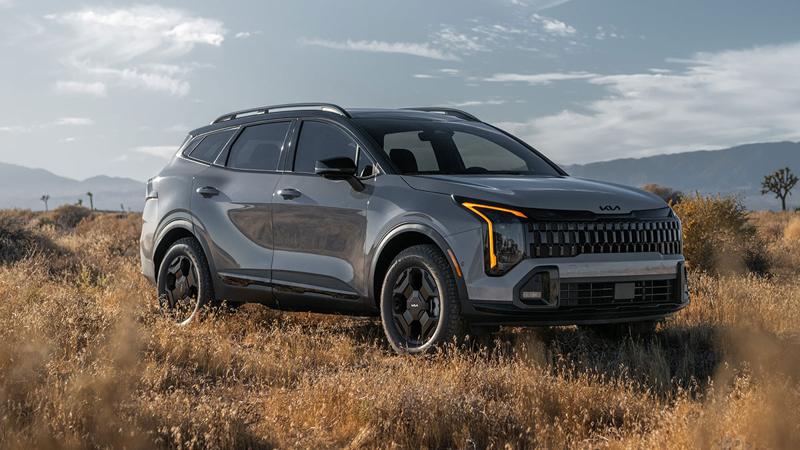There are many formulas for making a successful vehicle weigh in even heavier on the sales scales, but Nissan’s approach stands out as unusual: take that bestseller, run it through the washer, full hot, and shrink it.
The Rogue is Nissan’s bestseller, and ranks in the top five among compact crossover SUVs, one of the most popular segments in autodom. And when the new Sport version rolls into showrooms next spring, Nissan expects the Rogue’s tally to increase incrementally.
Of course, that depends on how we keep score. The Sport may carry the Rogue name and is built on a modified Rogue platform, but it’s a subcompact, and gives Nissan a more conventional competitor for the likes of the Honda HR-V, Mazda CX-3, Chevy Trax, and Kia Soul, to name just a few. (Nissan’s peppy little Juke falls into the same general category, but can hardly be called conventional.)
Nissan bills the junior Rogue as “right sized.” This is not to suggest that the size of the standard Rogue is wrong. It’s meant to portray the subcompact newcomer as appropriate for young urban couples with no kids.
Also: Kelley Blue Book Best Buy Awards of 2017
Serious Shrinkage
Compared to the regular Rogue, the Sport is indeed petite. The wheelbase has been shortened 2.3 inches, to 104.2 inches, and overall length shrinks by just over a foot, to 172.4 inches. It’s billed as a 5-passenger vehicle (the senior Rogue offers a 7-passenger option), but cargo volume diminishes in proportion to the reduced dimensions: 22.9 cubic feet behind the rear seats, 61.1 with the rear seats folded. The standard 5-passenger Rogue swallows 32 and 70 cubic feet, respectively.
Commensurate with the dimensional decrease, the Sport’s hood shelters a 2.0-liter DOHC direct injection 4-cylinder engine—141 horsepower, 147 pound-feet of torque—in contrast to the 2.5-liter four (170 hp, 175 lb-ft) of the regular Rogue. (There’s also a hybrid variant.) As with so many Nissan vehicles, including the standard Rogue, the Sport sends power to the pavement via a continuously variable automatic transmission (CVT). Like the standard Rogue, the Sport is basically a front-drive design, with an all-wheel drive option.
While the Sport’s relatively modest horsepower may not seem to square with Nissan’s “fun to drive” forecast, it’s consistent with the subcompact crossover SUV class. Nissan’s Detroit presentation included neither curb weights nor EPA projections, but the reduced dimensions should result in reduced mass, around 3000 pounds (some 600 pounds lighter than the bigger Rogue) yielding a power-to-weight index similar to other subcompacts, as well as competitive mpg ratings.
Also: Check out all the latest news from the 2017 Detroit Auto Show
“Emotional Geometry”
While there’s some structural commonality between the two Rogues, there isn’t much on the surface. The Sport has its own sheetmetal and styling, which Nissan characterizes as “emotional geometry.” Even though its body dimensions are diminutive, it one-ups its bigger stablemate in one regard—the Sport SL gets a set of 19-inch alloy wheels. The wheel choices for the regular Rogue max out at 18 inches.
Inside, the Sport includes the option of leather (standard with SL trim), a power moonroof, and of course an array of infotainment and connectivity features. Standard elements include a 4-speaker audio system, a USB port for smartphone integration (Siri Eyes Free, Bluetooth, streaming audio, text messaging), and rear view monitor.
Telematic options include the NissanConnect system with navigation and mobile apps, a 7-inch display screen, voice recognition, and around-view monitor with Nissan’s Moving Object Detection and Intelligent Cruise Control. The Sport also includes the option of the Nissan Intelligent Safety Shield suite of driver assist technologies—pedestrian detection, auto emergency braking, lane departure alert and correction, and rear cross traffic alert.
The Rogue Sport will be offered in three trim levels—S, SV, and SL. Pricing information won’t be available until closer to the Sport’s showroom debut next spring, but expect it to be competitive with other subcompact crossover utes, starting at about $20,000 and topping out at less than $30,000.
